The Best Romania UNESCO Sites
Our Earth is a pretty special place. From the bottom of the sea to the icy peaks of the mountains

Posted on Sat 2 Oct 2021 · by Oana Moldovan
Our Earth is a pretty special place. From the bottom of the sea to the icy peaks of the mountains, it is teeming with diversity in sceneries and flora and fauna. On top of it all, the last two millennia witnessed the evolution of humankind. Civilizations past have left their mark, old landmarks and settlements woven together in a global mix of architectures, styles, cultures, and influences.
It’s all so beautiful, and there’s so much to learn. And this is precisely what the UNESCO World Heritage List is aiming to do. The carefully curated list contains sites with cultural or natural significance, staples of the history, values, and culture of their home country and the world as a whole.
The first article in the series covers Romania. Home to eight World Heritage Sites, Romania’s diversity attracts all sorts of travellers; from nature lovers to wildlife enthusiasts and history buffs, all will find what they are searching for here. Here are the World Heritage sites that you can visit as a part of a UTP Experience.
1. Villages with Fortified Churches in Transylvania
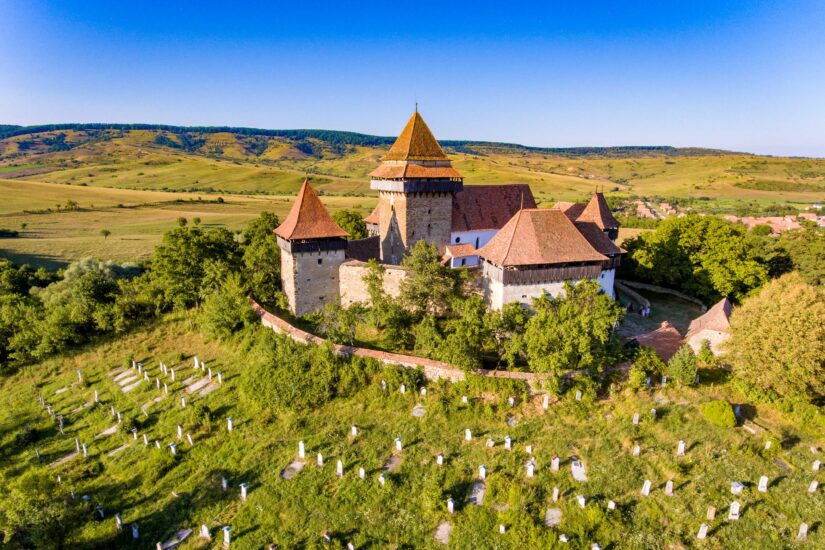
The Fortified church in the Saxon village of Viscri
Transylvania is a land with rich forests, natural resources, and picturesque landscapes. Located in between the European powers of the Middle Ages, centuries of war and turmoil left their mark. With the threat of invasion always looming, the communities fortified their villages. The settlements were built around the main element – the church. In times of siege, the villagers would seek shelter here. Besides defence, the church also provided storage space for food and valuables. And, of course, the spiritual guidance that was key during those times.
A few of these settlements, such as the villages of Viscri or Biertan, still pepper the countryside today. They offer an insight into the history, as well as the culture, traditions, and influences of the past. Our Transylvania Experience includes a visit to the village of Viscri, one of the best preserved.
2. Historic Centre of Sighisoara
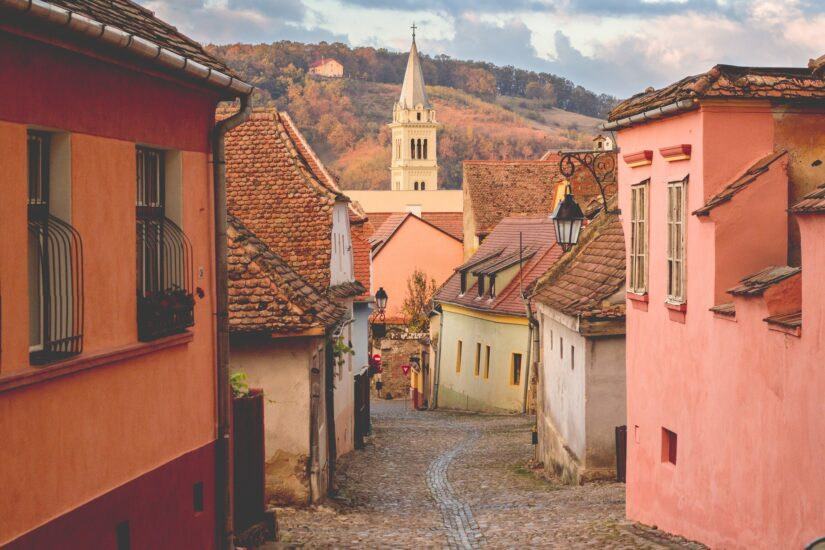
Cobbled streets and colourful houses in Sighisoara
Few places are as charming as the citadel of Sighisoara. Rambling down its cobbled streets past the colourful houses, you will travel right into the time where this was one of the most important commercial centres in central Europe. Founded by the Saxon merchants in the 13th century, Sighisoara housed the best craftsmen in the country. Even today, it is one of the few still inhabited citadels, being a testimony of the Transylvanian culture.
From the watchful Clock Tower in the square to the Church on the Hill, exploring Sighisoara is a delight. You can wander around Sighisoara on our Dracula Experience; it is, after all, the birthplace of Vlad the Impaler.
3. Painted Churches of Moldavia
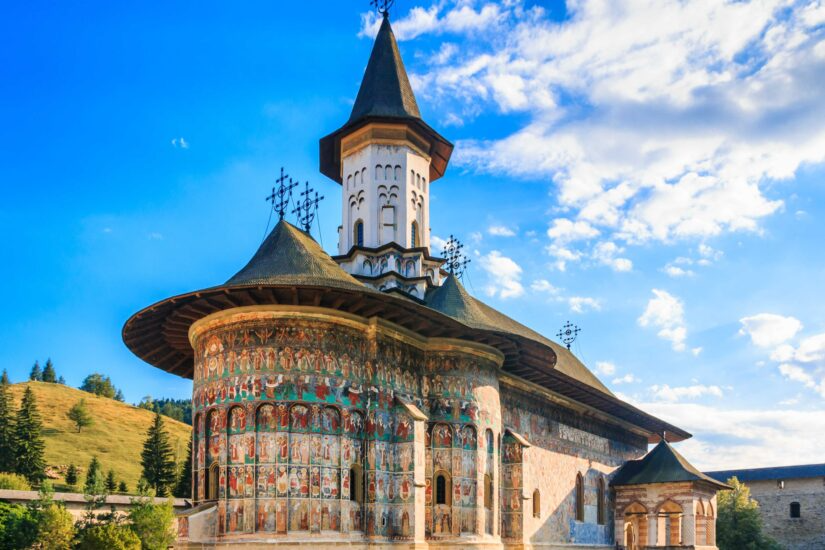
The Sucevita Monastery in northern Romania
The strong link between the Romanian people and spirituality is prevalent throughout history. The various religious settlements (four of them on the World Heritage list!) can only attest to that. The Painted Churches of Moldavia are no different. Built by the Moldavian rulers to show gratitude and pray for peace, they are the living proof of belief. The churches are small and simple. Like all the other Orthodox churches, religious frescoes adorn the interior walls; what sets them apart, however, are the extensive exterior decorations and paintings. They are well preserved, with vibrant colours (predominantly blues and greens) and intricate details.
There are eight painted churches in total. You can visit most of them on our Rural Romania Experience.
4. Wooden Churches of Maramures
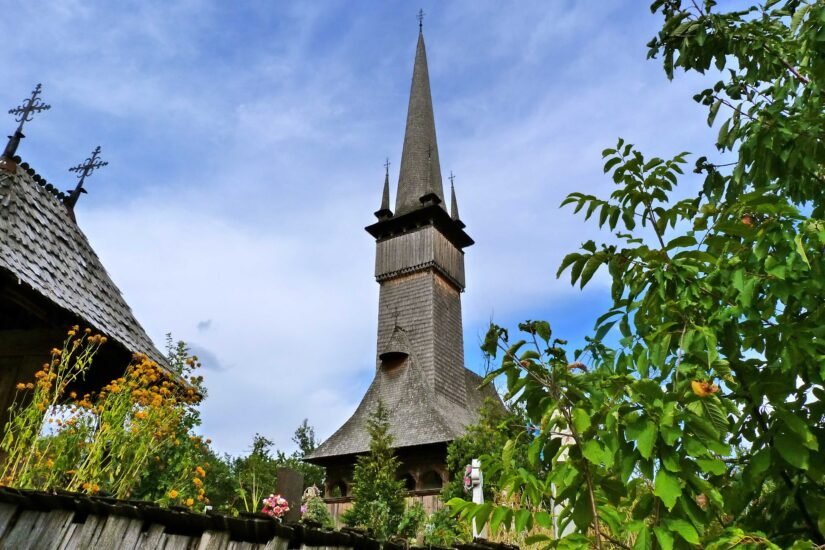
One of the traditional wooden churches in Maramures
Not leaving the north of the country, but travelling west, you will find a region like no other. In Maramures, time does not exist. Rolling hills and pastures play in the distance, while the villages are both bubbling with the day’s activities and quiet as if taking in the nature. Here, the wooden churches complete the predominantly rural landscape.
The wooden churches were the response of the locals to the prohibition of stone Orthodox churches. Built using different styles and designs, they remain remarkable examples of timber architecture, locally dubbed as the “gothic style of Maramures”. All churches feature a tall, slim wooden tower and imposing roof; in contrast, the churches themselves are tiny. The craftsmanship, paintings, and decorations, however, should put them on any Romanian Bucket List.
Out of around 1,500 old wooden churches scattered across Romania, eight of them are recognized as part of the UNESCO Patrimony. You can visit them on our 14-night Romania Epic Journey.
5. Danube Delta
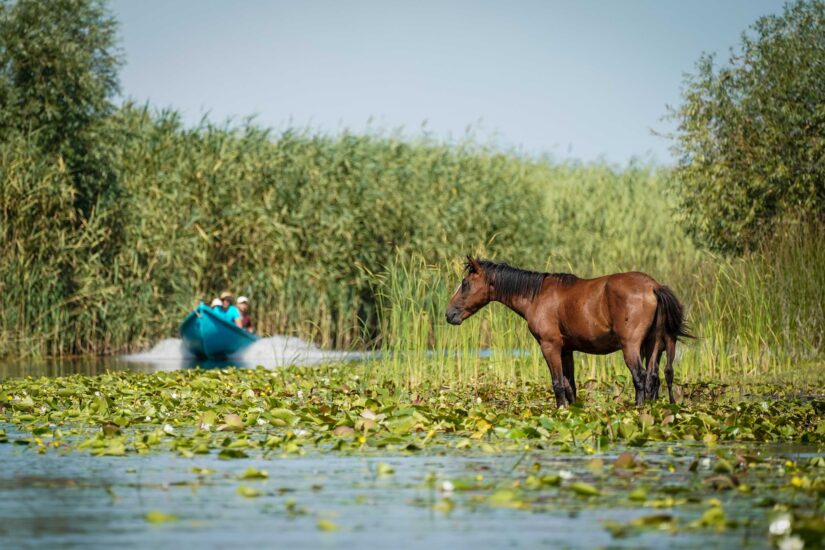
A wild horse in the Danube Delta
We’ve gushed about the Danube Delta left, right, and centre. Being the last wildlife spot of Europe, there’s every reason to. Over 5,000 species found their home here, including over 300 species of birds. The Danube Delta is a place for both the avid wildlife lovers and birdwatchers, as well as those seeking to relax. The calm canals and reed swaying in the wind as you glide across the water are the epitome of serenity.
Here’s 20 Interesting Facts about the Danube Delta. If you’re hooked, then visit our Danube Delta Experience.
6. Ancient and Primeval Beech Forests of the Carpathians
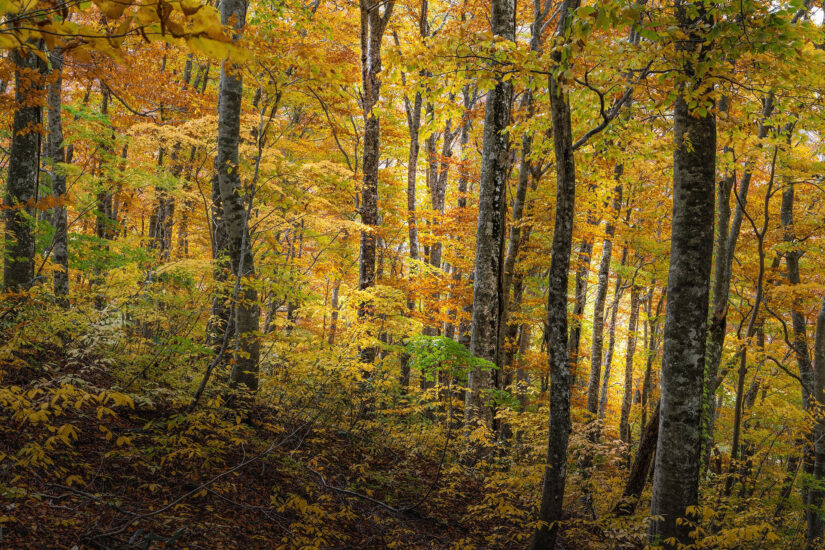
Autumn in the beech primeval forest
A natural heritage shared by 12 countries, this is Romania’s latest addition to the World Heritage List, having been added in 2017. With deforestation still rife in Romania, the inclusion of the primeval forests hopes to combat this in order to preserve its natural importance. The large forested areas of beech are over a hundred years old and are home to various fauna, including the brown bear. Romania, in fact, holds 60% of the brown bear population in Europe.
For a walk on the wild side and experiencing the quiet beauty of the Carpathian forests, we suggest joining our Brown Bear Experience.
7. Horezu Monastery
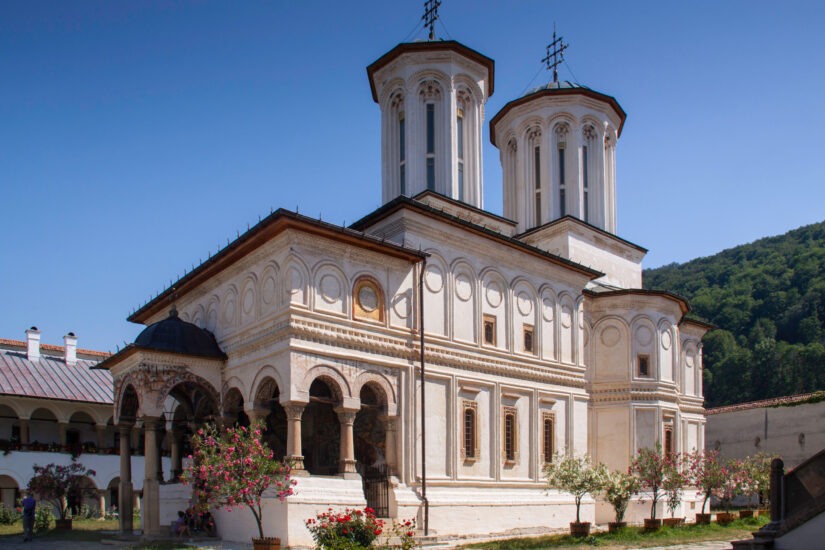
Horezu Monastery. Copyright: Alexandru Babos
The Monastery of Horezu stands witness to the birth of the “Brancovean” architectural style. Named after its commissioner, Prince Constantine Brancoveanu of Wallachia, this traditional Romanian style is simple and elegant. The balance between simplicity and the sculptural detail rich in religious motifs is one of Romania’s best.
8. Dacian Fortresses of the Orastie Mountains
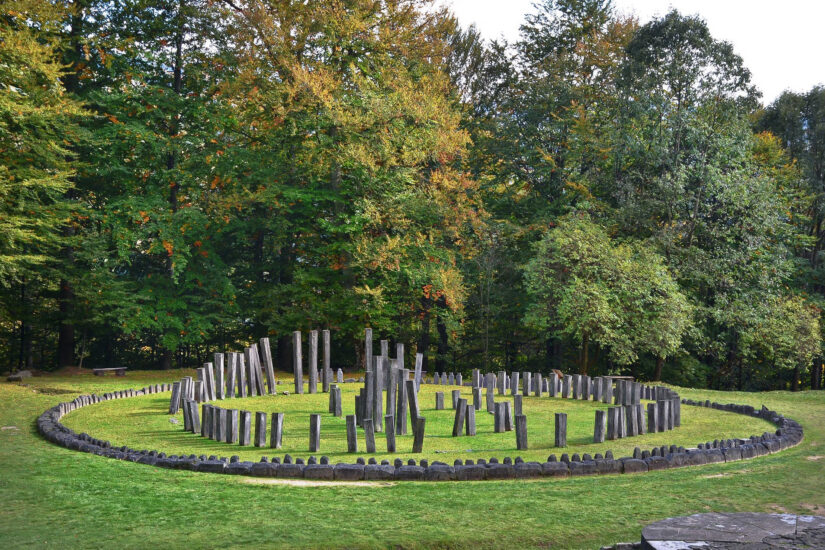
The Dacian Fortress of Sarmizegetusa Regia
The oldest settlements on the list date back to the 1st century B.C. The Dacian rulers built the fortresses for both military and religious purposes. The fortresses had been conquered by the Roman troops in the 2nd century A.D., thus ending the Dacian rule. The fusion between the Dacians and Romans then created the Romanian people.
Today, they are a remnant of great cultural significance, well-preserved and offering an insight into Romania’s earliest history.
While not officially part of a UTP itinerary, you can visit both Horezu Monastery and the Dacian Fortresses as a part of a tailored trip. Just email info@untravelledpaths.com and the team will happily assist.
Read more from our blog here
